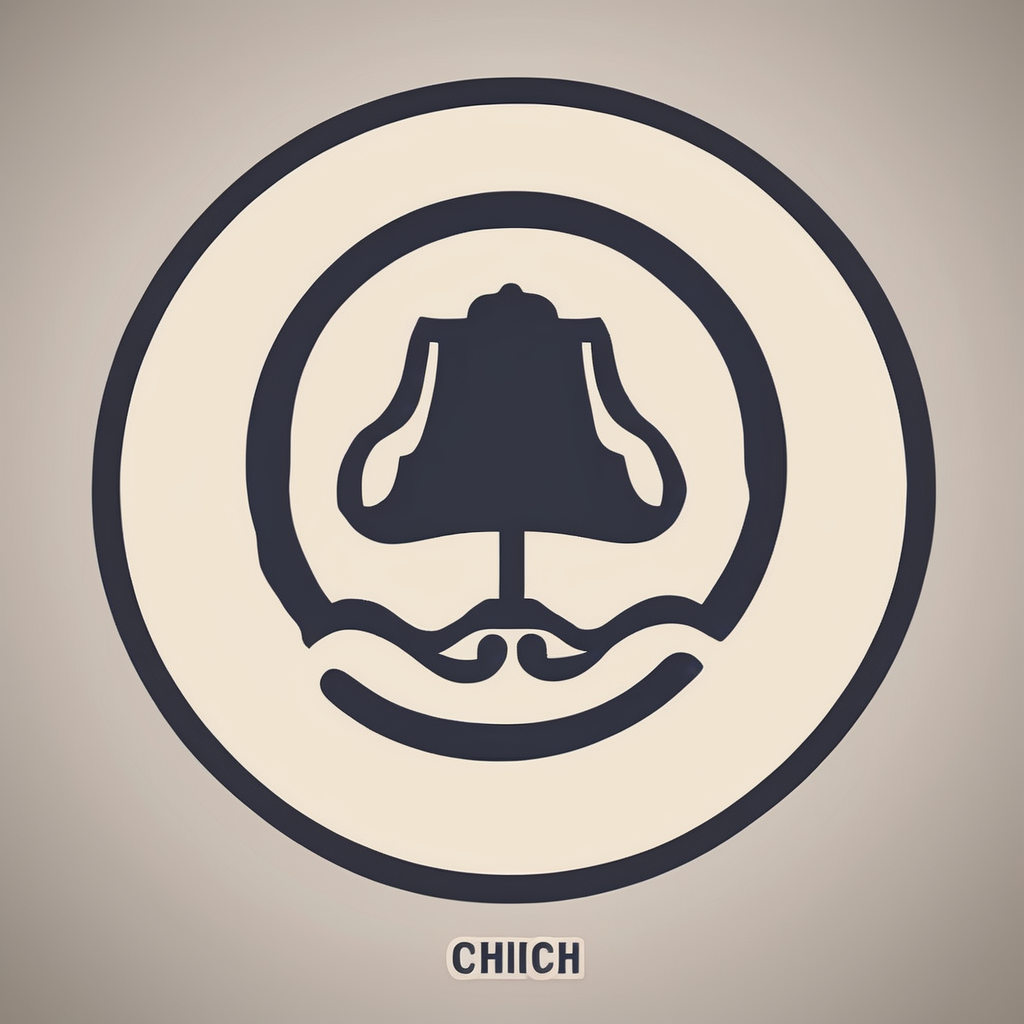Understanding the Value of Your Rare Home Library
Evaluating the worth of your rare books is essential, as it not only reflects their market value but also emphasises their emotional and cultural significance. A collection of rare books within your home library can be a treasure trove of history, art, and personal memories.
Assessing the value of these books requires knowledge of their condition, edition, and provenance. First editions, signed copies, and books that belonged to notable individuals especially tend to have higher values. However, even without these features, the books’ market demand plays a vital role in determining worth.
Sujet a lire : Ultimate Guide to Crafting a Floor Plan for Ideal Furniture Arrangement Before Settling into Your New UK Home
To appraise your collection properly, consult experts or professional appraisers who specialise in rare books. They employ various methods to give a comprehensive valuation, such as examining book bindings, paper quality, and historical context. Online resources can also provide initial insights before seeking professional advice.
Moreover, the emotional connection to your rare books can be profound. These items often carry sentimental value, reminding you of personal or family history. This significance, while not directly influencing market value, adds a layer of meaning to the collection.
En parallèle : Ensuring Seamless Medication Management During Moves Between UK Health Districts
Understanding both the financial and sentimental aspects offers a holistic view of your home library’s worth. This dual appreciation enriches the ownership experience.
Essential Packing Materials
When preserving rare books, choosing the right packing materials is crucial. Employing acid-free and archival-quality materials ensures your collection remains undamaged and retains its value over time. Such materials do not emit harmful chemicals that might affect sensitive pages.
Protective supplies like bubble wrap and corner protectors further cushion fragile books from impact. These should fit snugly around each volume, preventing slippage and reducing the risk of damage. Wrapping each book individually before boxing helps safeguard their condition.
In addition to protective materials, selecting the perfect moving boxes is equally important. Look for sturdy, double-walled boxes that can support the weight of heavy volumes without buckling. Keep in mind the size and weight of your books; smaller boxes may often be better for heavy tomes to avoid strain and potential drops.
Organising and labelling your boxes correctly can also facilitate an easier unpacking process, ensuring inventory control and peace of mind. Use markers to distinguish between different sections, genres, or even the fragility of your books. In sum, a thoughtful combination of proper packing materials and strategic organisation safeguards your treasured collection during any move or storage.
Effective Packing Techniques
When it comes to moving, packing techniques can greatly influence the safety of your belongings. Books, in particular, require careful handling. Here’s a step-by-step guide for packing books efficiently for your move.
Start by sorting your books. Consider grouping them by size or by type—such as hardcovers separate from paperbacks. This makes it easier to fit them snugly in boxes. For book protection, choose sturdy boxes. Smaller boxes are often ideal, as they prevent overpacking and make handling easier.
Next, line the base of each box with crumpled paper or a thin layer of bubble wrap. This acts as a cushion to absorb impacts during transport. Lay your books flat with heavier items at the bottom to prevent damaging lighter ones.
Cushioning and wrapping methods are crucial. Use packing paper or bubble wrap around individual books that are particularly valuable or fragile. You may also place a sheet of paper between book covers to stop any potential damage during shipping.
Before sealing your box, fill any spaces with extra crumpled paper to keep books from shifting around. Always label boxes with the contents and destination room to streamline the unpacking process. Following these steps ensures your treasured collection travels safely to its new home.
Transporting Your Collection Safely
When it comes to transporting rare books and collections, employing the right transportation methods is crucial to ensure their preservation. Whether you’re a collector or an archivist, maintaining the integrity of your valuable items during transportation requires careful planning and execution.
Choosing the appropriate method for moving logistics is paramount. Securing your collection involves more than just placing books in a box. Consider using custom crates or padded enclosures that shield items from potential damage. Moisture and temperature control are also essential to prevent deterioration.
Hiring professional movers who specialize in handling rare items can be a wise decision. These experts possess the knowledge and tools necessary for safe book transportation. They understand the intricacies involved and often offer insurance to cover unforeseen circumstances.
In terms of vehicle considerations, ensure that the vehicle used for transporting the books provides adequate stability and space. Vehicles equipped with climate control can be beneficial in maintaining an ideal environment for the books. Using a vehicle with a low loading height can facilitate easier handling.
- Secure packaging: Use custom crates or padded enclosures
- Climate control: Maintain temperature and humidity
- Professional movers: Specialised knowledge and tools
Protecting your collection is achievable with thoughtful and precise moving logistics.
Climate and Environmental Considerations
Preserving rare books and collections entails a keen awareness of climate protection, as fluctuations in temperature and humidity can be detrimental. Both elements play a crucial role in ensuring the longevity and integrity of these precious items. Maintaining a stable environment prevents damage from mold, warping, or fading.
Effects of Climate on Rare Books
Books are particularly vulnerable to climate fluctuations. Excessive humidity can lead to mold growth and attract pests, while low humidity can cause the paper to become brittle and break. On the other hand, exposure to high temperatures may accelerate the degradation of fragile materials. Therefore, an optimal environment for rare books involves precise temperature control, ideally between 18-20°C, with humidity maintained at around 45-55%.
Transporting Books Safely
When transporting rare books, it becomes imperative to account for climatic variations that could affect their condition. Some tips to ensure safety include:
- Use insulated containers to mitigate sudden changes in temperature.
- Monitor and maintain humidity levels within the recommended range during transit.
- Avoid direct sunlight and excessive heat by choosing the optimal time and method for transportation.
Thorough attention to these details ensures that cherished collections remain unharmed, embracing the measures necessary for effective climate protection.
Insurance and Legal Considerations
When moving your collection of rare books, it is imperative to consider insurance for rare books to protect your investment. Understanding the available insurance options can save you from potential financial loss. Most standard policies do not fully cover rare book collections, necessitating specialized insurance. This can help safeguard against damages or losses during transportation.
Additionally, adhering to local transport regulations is crucial to avoid legal complications. Each region may have specific laws surrounding the transportation of rare items, which could affect the mode of transport or the routes you can take. Familiarising yourself with these regulations ensures a smoother transition and helps maintain the integrity of your collection.
Legal protection extends beyond simple transport regulations. Documenting your collection meticulously is essential for insurance purposes. This documentation typically includes a detailed inventory, photographs, and valuations from certified appraisers. Such records can substantiate claims should any damage or loss occur during the move.
Moreover, the importance of maintaining a record of ownership and provenance cannot be overstated. These documents serve as authentic verification of your collection’s value, a critical requirement when seeking comprehensive coverage and support from your insurer. Proper documentation not only aids in legal protection but also enhances the historical and monetary worth of your rare books.
Emotional Aspects of Moving a Rare Library
Moving a library with rare collections is not just a logistical challenge; it is also an emotional journey. Many collectors and bibliophiles form a deep emotional attachment to their books. These collections often hold memories, personal significance, or represent a culmination of years spent searching for unique titles. Such emotions can make the moving experience both poignant and stressful.
To alleviate stress, consider strategies that honour these feelings. Begin by cataloguing each book, noting its acquisition details or personal stories tied to it. This not only aids in organising but allows for reflection on the journey your collection represents.
When saying goodbye to your old space, take the time to appreciate where you and your collection have grown together. Host a farewell gathering with fellow bibliophiles to share stories about your rare collections. Such moments help in acknowledging your bond, making the transition easier.
Visualising your books in their new location can also ease the moving experience. Envisioning them in their new home might excite you about the next chapter of your collection’s journey. Remember, it’s not just about moving books; it’s about preserving the love and efforts invested in assembling these rare collections.
Final Checklist Before the Move
Preparing for a successful move requires a detailed packing checklist and proactive planning. To ensure nothing is overlooked, start by creating a comprehensive list that includes all your belongings. Categorise items based on their fragility and frequency of use. This helps prioritise what needs to be packed first and last.
Ensure you have the necessary packing materials, such as boxes, tape, and bubble wrap. Include last-minute moving tips like checking the weather forecast to avoid packing under adverse conditions. Make sure your personal essentials, such as toiletries and important documents, are in an easily accessible bag.
Before you leave your old home, perform a thorough walkthrough. Check cupboards, shelves, and storage spaces to confirm nothing is left behind. Don’t forget to disconnect utilities and arrange for them to be connected at your new residence.
After completing the move, a preparation guide is invaluable for settling in smoothly. It’s helpful to conduct a follow-up to ensure all tasks are accomplished. This could involve confirming address changes, unpacking belongings in order of importance, and checking each room for any potential damages or needed repairs. Following these steps will make your moving experience more organised and less stressful.











